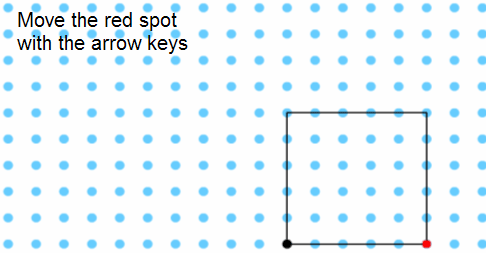
What is Mathematical creativity? Some definitions and characteristics
Creativity is traditionally supposed to attribute to art and literature, but nowadays doing meaningful science has also been considered as a creative act. Liljedahl and Sriraman (2006) proposed that at the school level mathematical creativity can be defined as:
– The process that results in unusual (novel) and/or insightful solution(s) to a given problem or analogous problems, and/or
– The formulation of new questions and/or possibilities that allow an old problem to be regarded from a new angle
Examples of manifestations of mathematical creativity in the process of solving word problems:
|
Mathematical creative problem solving |
Mathematical creativity |
||
|---|---|---|---|
|
Creative abilities |
Openness |
Independence |
|
|
Understanding mathematical problems |
The ability to define the mathematical problem illustrated in the task from multiple perspectives |
Tolerance to information that is incomplete, poorly defined, or polysemous |
Constructing one’s own internal language, where mathematical concepts indispensable for solving the problem are set out and explained |
|
The ability to clearly visualize the situation presented in the task as well as vividly capture dependency relationships across data |
Recognition of the potential value resulting from becoming acquainted with ways other than one’s own of perceiving and describing the mathematical problem illustrated in the task at hand |
Separating the meanings of mathematical concepts from the meanings of everyday language |
|
|
Generating possible solutions |
The ability to formulate multiple and frequently atypical hypotheses referring to the possible solutions to the mathematical problem illustrated in the task at hand |
Cognitive curiosity that results in readiness to become acquainted with possible ways of solving the problem |
Courage in questioning commonly accepted rules and principles in order to find new and/or atypical ways of solving the mathematical problem |
|
The ability to create original images that render it possible to break away from typical solutions to the mathematical problem and use analogies in order to find new ones |
Ease in analyzing new information and ways of solving the problematic situation presented in the task at hand |
Autonomy and perseverance in searching for possible solutions to the problematic situation |
|
|
Planning for action |
Flexibility in applying various strategies of solving the problem |
Openness to the verification of all possible solutions to the problem |
Strong belief in the success of the undertaken activities aimed at solving the problem |
|
The ability to transform images of possible solutions to the problematic situation illustrated in the task at hand |
The acceptance of variability in applying the various problem-solving strategies |
The ability to critically assess attempts – one’s own and other people’s –to solve the problem |
|
Most math-traumatized adults (like myself) have a hard time believing how creative and inventive mathematics can be. Creative mathematics doesn’t always make it into the classroom for elementary school-aged children. Currently, elementary school math often focus on basic math “skills” and “facts”. However, creative mathematics allow children to come up with math problems that they encounter in day to day life and attempt to solve the problems creatively. This type of math education comes more naturally and is more functional. Children are naturally mathematically curious, as many mathematical problems just seem like they are part of a game. The creative and curious problem can stick in a child’s mind long after the lights are turned out for the night.
References
Leikin, R. & Sriraman, B. (2017). Creativity and giftedness: Interdisciplinary perspectives from mathematics and beyond. New York: Springer. doi:10.1007/978-3-319-38840-3
Liljedahl, P., & Sriraman, B. (2006). Musings on mathematical creativity. For The Learning of Mathematics, 26(1), 17-19.
Nadjafikhah, M., Yaftian, N., & Bakhshalizadeh, S. (2012). Mathematical creativity: Some definitions and characteristics. Procedia – Social and Behavioral Sciences, 31, 285-291. doi:10.1016/j.sbspro.2011.12.056


